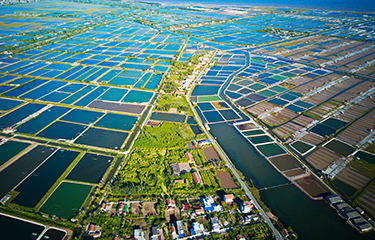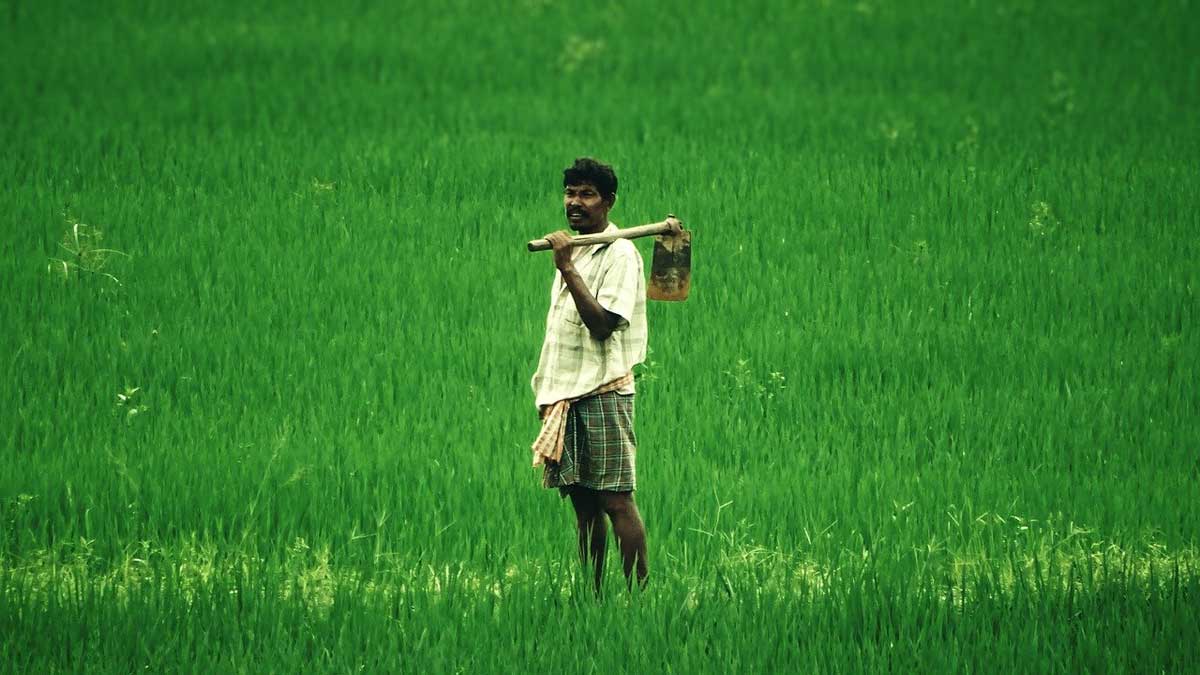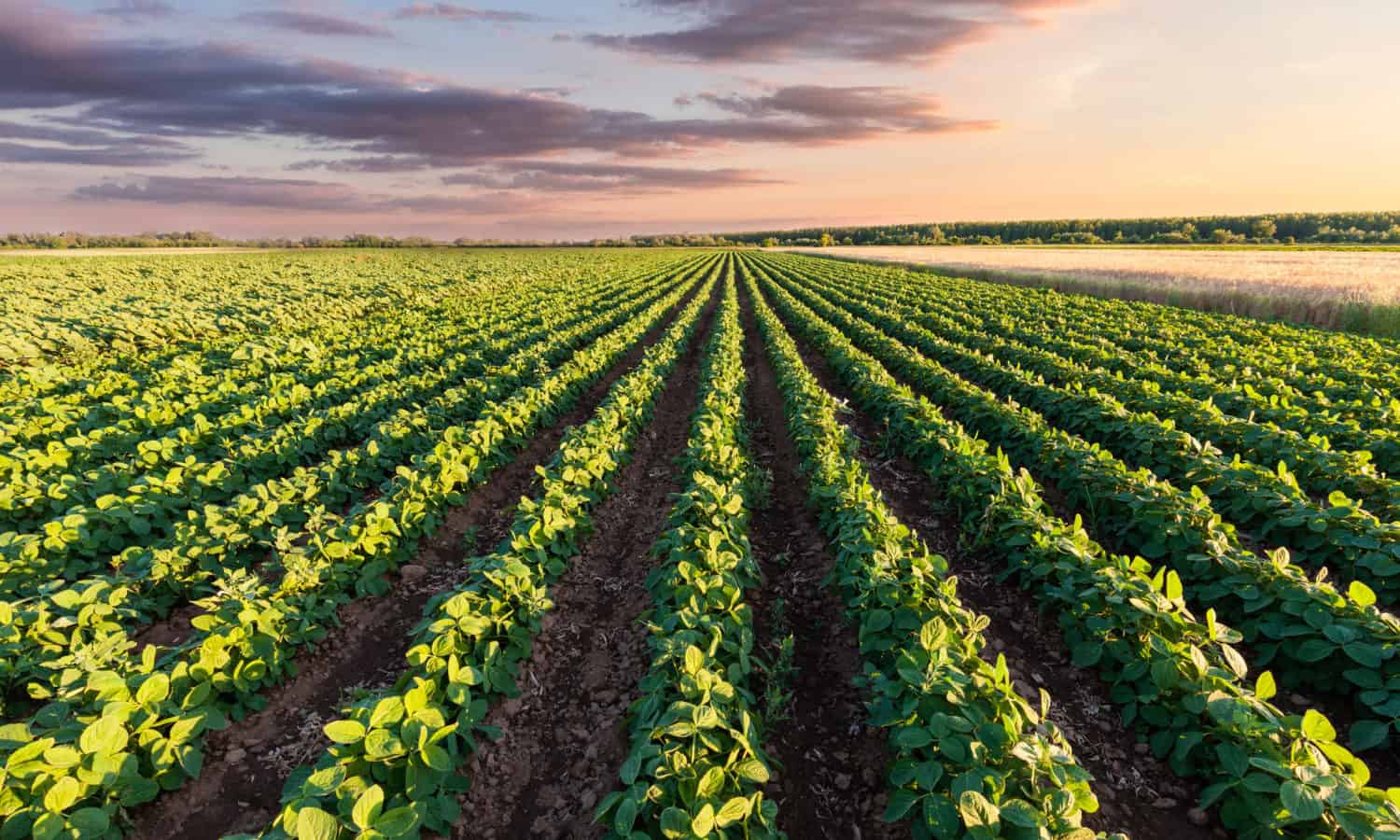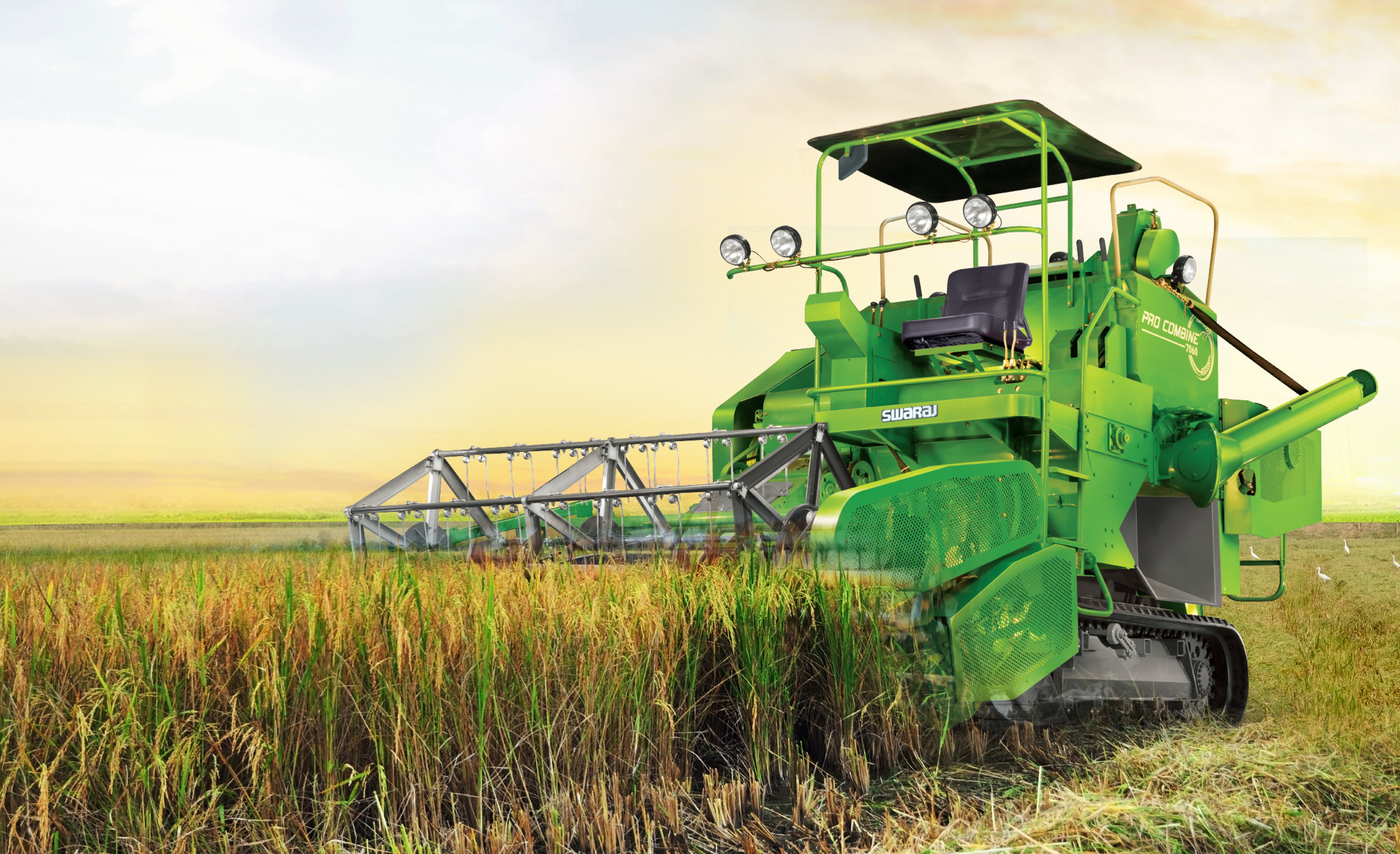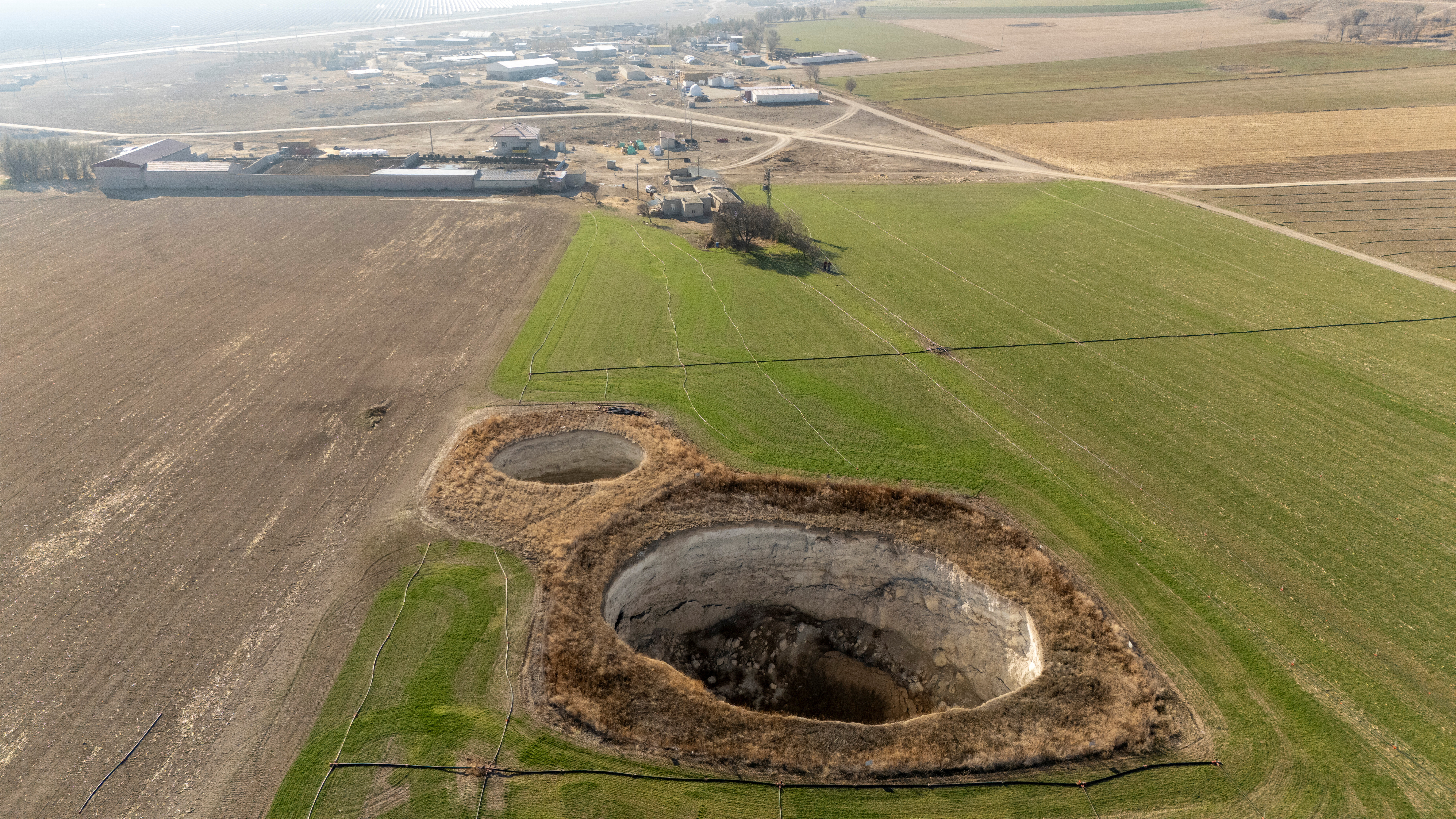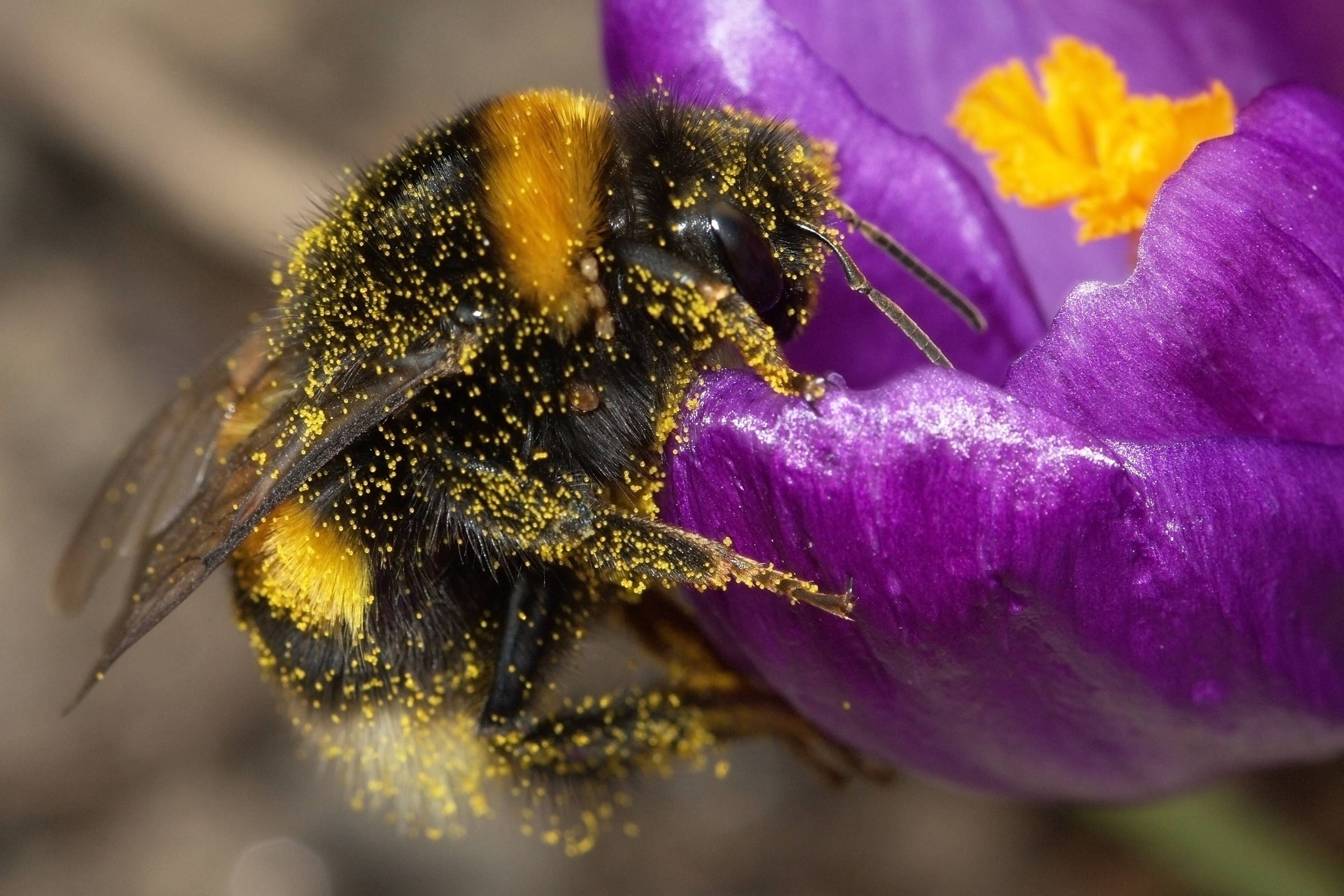USA - Second highest honey bee loss in 15 years documented[:ru]USA - « Disease Carrying Mosquitoes Developing Resistance to Widely Used Mosquito Control Pesticides 02 Jul Second Highest Honey Bee Loss in 15 Years Documented
02.07.2021 492 views
The second highest bee loss in 15 years has reported by the Bee Informed Partnership (BIP) in its 2020–2021 National Colony Loss and Management Survey, released on June 30. For the “winter” period of October 1, 2020 through April 1, 2021, approximately 32% of managed bee colonies in the U.S. were lost. This represents an increase of 9.6% over the prior year’s winter loss and is roughly 4% higher than the previous 14-year average rate of loss. For all of the past year (April 1, 2020 to April 1, 2021) the colony loss was 45.5%. Beyond Pesticides has covered the related issues of Colony Collapse Disorder (CCD), the ongoing and devastating impacts of pesticides on bees and other pollinators, and the larger context of what some have called the “insect apocalypse.” These recent BIP data appear to indicate that “we,” writ large, are failing to remedy these problems.
Three out of four food crops globally depend on pollinators, at least in part. Commercially kept bees account for a significant portion of pollination of some U.S. crops; almonds are the leading crop, followed by apples and melons. The commercial bee business is huge — a $691 million dollar industry operating across nearly 12,000 managed crop pollination businesses. Farm Progress writes, “Crops that need pollination in the U.S. are valued at about $81.5 billion. . . . Honey bee pollination contributes 23 percent of that value.”
The BIP research methodology divides the honey bee industry (which does not include wild bees) into three types: backyard beekeepers (with fewer than 50 colonies), “sideliners” (with 51–500 colonies), and commercial (with more than 500 colonies). The report indicates that backyard and sideliner beekeeping enterprises suffer lower losses during the summer period than during the succeeding winter term, whereas commercial keepers’ losses are similar year-round. Whereas backyard beekeepers’ data were logged in the one state in which they are located, the data for sideliner and commercial keepers’ loss rates were integrated into that of each state to which they moved their hives.
It turns out that winter loss rates vary considerably across states. For winter 2020–2021, those rates varied from a low of 21.7% in New Mexico to 58.5% in Michigan. Seventeen states had loss rates above 40%. The number of beekeepers included from each state varied widely, as well, from a mere seven in Louisiana and Mississippi to 570 in Pennsylvania. The actual number of colonies registered in the study ranged from 100 in New Mexico to 169,011 in California.
Many scientists think that such intensive losses as the BIP survey and report document may be due to multiple factors, including pesticide use, pathogens such as the varroa mite and others, reduced foraging habitat because of human infrastructure development, and (for managed hives) stress related to repeated relocations for crop pollination. As the U.S. Environmental Protection Agency (EPA) explains, Colony Collapse Disorder — which began to be recognized in the early 2000s and was named in 2006 — typically manifests as the death and/or disappearance of most of the workers bees from a hive, leaving behind “a queen, plenty of food, and a few nurse bees to care [inadequately] for the remaining immature bees and the queen.” Because the worker bees are responsible for providing the requisite nectar to the queen bee (to nurse baby bees), ultimately the entire colony collapses.
In contrast to the agrochemical industry’s emphasis on pathogens as the chief cause, Beyond Pesticides has reported on research that counters such claims. In 2019, it wrote about Canadian research that found that “real life” exposures to neonicotinoid insecticides (neonics) impair honey bees’ ability to groom harmful mites from their bodies, thus allowing mite populations to thrive. In addition, Beyond Pesticides has discussed the coincidence, during the early 2000s, of the emergence of CCD and severe colony losses with the spike in use of neonicotinoid pesticides, particularly delivered as seed coatings. In 2014, a study from the Harvard T.H. Chan School of Public Health showed that two neonics — imidacloprid and clothianidin — significantly harm honey bee colonies during winters. In addition to exposures to agricultural pesticides through their foraging activities, bees are also exposed to miticides used by beekeepers in attempts to control mite populations in hives.
The continuing losses the BIP report chronicles happen in a wider context of plummeting insect populations, which bodes poorly for biodiversity, ecosystems, and food chains. Wild and managed bee populations, as well as other types of pollinators, are threatened by profligate pesticide use, as Beyond Pesticides reported in 2020. Research has shown that impacts include limited crop yields, adding economic impacts to the list of downsides.
The Beyond Pesticides BEE Protective webpage, “What the Science Shows,” notes: “Multiple studies have confirmed that the levels of neonicotinoid pesticides that bees encounter in the environment are toxic enough to impair foraging, navigational, and learning behaviors, as well as [to] suppress immune responses. These individual impacts are compounded at the level of social colonies, weakening collective resistance to common parasites, pathogens other pesticides, and thus leading to colony losses and mass population declines.”
The science accumulated over the last decade and a half demonstrates that neonics, and the multitude of pollinator-toxic pesticides, are critical factors in the cause of pollinator declines. Yet pesticide use represents one of the most straightforward and addressable of the causes of colony losses, as compared with the multiple other and daunting contributory problems, such as habitat fracturing and destruction, and climate change. However, EPA has moved glacially in any regulatory response to pesticides’ role in the extreme pollinator loss of the past decade-plus.
In 2016 and 2017, EPA issued reports on inadequate risk assessments it conducted on four bee-toxic neonicotinoids (imidacloprid, and clothianidin, thiamethoxam, and dinotefuran, respectively). Despite identifying significant risks to bees from agricultural applications (foliar, soil, and seed) of these compounds (including from drift), the resulting proposed regulation of neonics was anemic, at best. Rather than genuinely protective proscriptions, EPA focused on reducing impacts of the regulations on growers and enabling their continued use of these toxic pesticides by providing numerous exceptions to compliance.
U.S. Representative Earl Blumenauer of Oregon has repeatedly filed a bill to protect pollinators — dubbed the “Saving America’s Pollinators Act.” In the last (116th) session of Congress, HR 1337 was never brought to a vote. He refiled it in the (current) 117th Congressional Session on June 23; until it acquires a shorter name, it is titled “HR 4079: To direct the Administrator of the Environmental Protection Agency to take certain actions related to pesticides that may affect pollinators, and for other purposes.” Beyond Pesticides encourages members of the public to contact their elected U.S. Representatives to voice strong support for this bill.
Individuals can take other action to mitigate bee and pollinator losses, including: (1) never using pesticides, (2) providing, in their yards and gardens, native plants that can increase food sources available to pollinators, and (3) buying and eating organic (and as locally as possible). For more on these and other actions, see Beyond Pesticides’ webpage on protecting honey bees and wild pollinators.
Source - https://beyondpesticides.org

